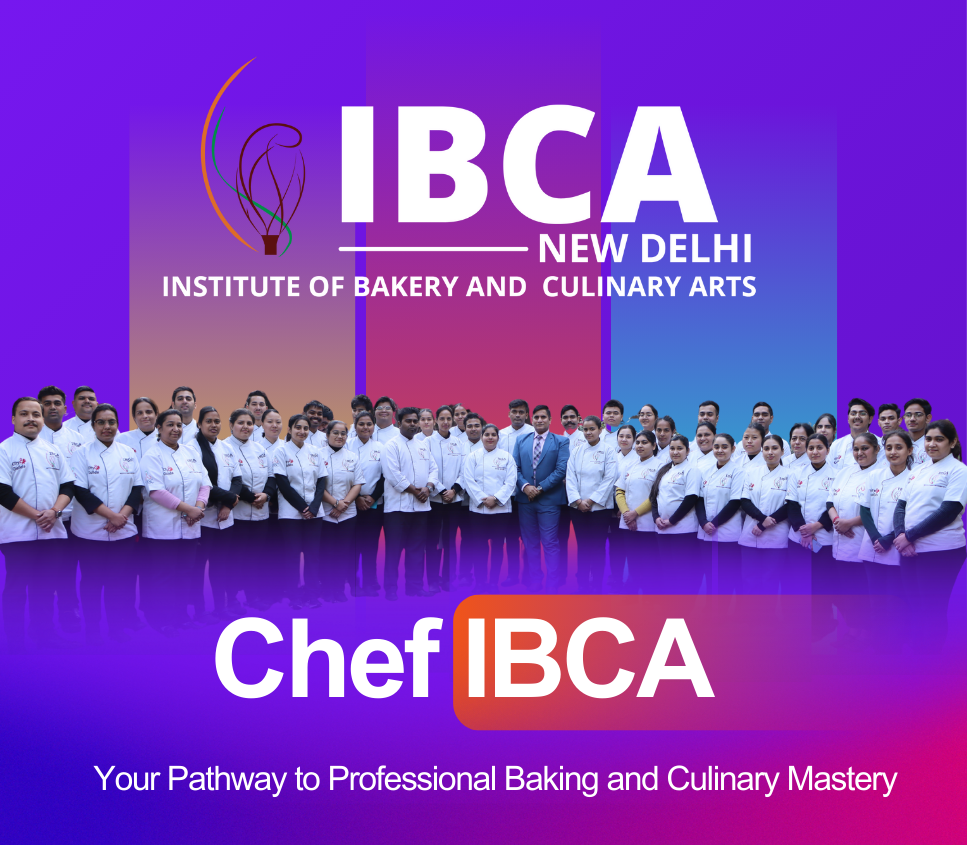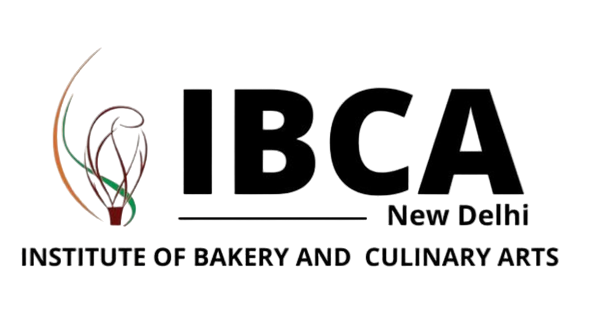Flour
Most baking recipes call for flour, often known as all-purpose flour or maida in India. It’s sold in branded packets and by the kilo in Kirana stores and supermarkets. Skimming the bran and husk from wheat flour, eliminating the fibre content, and leaving a fine, smooth flour is how maida is made. Because maida is such an important component of any dish, it should be of excellent quality. Self-raising flour is sometimes confused with maida/all-purpose flour. Self-rising flour is made with raising agents like baking powder and a teaspoon of salt, whereas maida is just flour. Baking, as we all know, is a science, therefore sticking to the recipe to the letter is essential. Use all-purpose flour as instructed in your recipes.
Leaveners
Baking powder and baking soda are two essential ingredients in any baker’s cupboard. Yes, because they work in distinct ways, you should have both. A short version of a long story: Baking soda is used in recipes that contain an acidic ingredient (such as sour cream, buttermilk, vinegar, or citrus), whereas baking powder has its own acid. It’s also a good idea to keep some cream of tartar on hand. Add yeast to your shopping list if you want to bake bread. All of these can be kept on your pantry shelves at room temperature. Eggs are another important leavener. Eggs have a shorter shelf life than other foods, but they’re so versatile that they should be on your regular buying list nevertheless. Stick to large eggs for baking, and keep them refrigerated (of course!).
Sugar
When sugar is listed as an ingredient in a recipe, it refers to granulated sugar. This type of sugar is made from the juice of sugarcane or beets and has been stripped of its natural molasses. It can then be refined to look white. The tan color of raw sugar is retained.
Powdered sugar, also known as confectioners’ sugar, is ground into ultra-fine particles and mixed with starch to prevent it from caking up in the package. Confectioners’ sugar is used in frostings and icings by bakers. Also, a light dusting of confectioners’ sugar makes everything look a little nicer.
Brown sugar is refined sugar with the addition of molasses. The color and flavor of light, medium, and dark brown sugars are determined by the amount of molasses in the mix.
Brown sugar can clump up and even form crystallized lumps due to its molasses content. This can be avoided by properly storing brown sugar. To measure brown sugar for a recipe, firmly crush it into a measuring cup or spoon until it’s completely compressed and level.
Sugars at the next level
Castor sugar, sometimes known as superfine sugar, is granulated sugar that has been ground into tiny crystals that dissolve quickly. Some bakers like to use it to produce meringues and sweetened whipped cream because of this. It can be used in place of conventional granulated sugar at a 1:1 ratio.
Sanding sugar, also known as decorative or coarse sugar, is simply larger granulated sugar crystals used to add a crystalline finish to baked goods. Every color of the rainbow is available in decorating sugar. Collect all of them!
Date sugar, coconut sugar, maple sugar, honey, molasses, maple syrup, cane syrup, and agave syrup are some more natural sugars and sweeteners to keep on hand.
Salt
In ordinary baking, you’ll use granulated table salt. Because plain baked items can often have an unpleasant flavor, some bakers choose to use table salt that hasn’t been iodized. When measuring salt for a recipe, use table salt.
salt of a higher level
Sea salt is made from evaporated seawater and has a gritty or flaky texture depending on where it comes from. To offer your taste receptors more than one reason to adore what’s going on in your mouth, crunchy, flaky sea salt is frequently sprinkled over sweet baked items. Flaky sea salt should be used as a finishing salt rather than a measurement salt.
Dairy
Many wonderful baked items call for sour cream, yoghurt, or buttermilk, but plain old milk—2% or higher—is the must-have dairy for baking (whole milk is preferable). You can replace a lot of other dairy components with milk as a foundation. For example, instead of a cup of buttermilk, prepare soured milk by combining 1 tablespoon vinegar or lemon juice with 1 cup whole milk, then allowing it to thicken for 5 minutes. Cream cheese isn’t a must-have, but it’s worth stocking up on because it’s beneficial in a variety of dishes, doesn’t have a convenient substitute, and has a long shelf life. It’s also a good idea to have a can of evaporated milk on hand; it can be used in place of heavy cream in most recipes (but it can’t be whipped!).
Fats: Oil and Shortening
Fats that are essential
- Vegetable oil with a neutral flavor that can be used in recipes as well as to grease baking pans.
- a stick of butter
Fats of the next level
Shortening is a solid vegetable fat that some cooks use to make tender baked goods like pie crusts, either as a replacement for butter or in combination with butter. Because shortening has a greater melting point than butter, shortening cookies hold their shape better.
Extracts and Flavorings
Extracts and flavorings in their purest form
Pure vanilla extract imparts a warm, spice aroma and flavor to baked goods. It comes in liquid and pastes forms, and a little goes a long way. Don’t buy the imitation vanilla because it won’t make a difference in your baking. Learn more about pure vanilla extract and why getting the real thing is worth it.
Extracts and flavorings for the next level
There’s a whole world of pure extracts and flavorings to discover: almond extract, lemon extract, mint extract, rum flavoring, brandy flavoring…the point is, there’s an entire world of pure extracts and flavorings to discover. However, don’t run out and buy them all at once. Simply add to your collection as your baking skills improve.
For a more powerful vanilla flavour in frostings and sugars, use a whole vanilla bean.
Spices
Spices that are essential
The one ground spice that every baker seems to have on hand is ground cinnamon. What else you keep depends on your cooking preferences. To go with the cinnamon, you could want to add ground cloves, spices, and ginger. (Consider pumpkin pie.) If nutmeg is on your must-have list, buy it whole and grate it yourself shortly before using it. A good strategy to buy spices in bulk is to do it in small increments so they don’t go stale and lose their flavour.
Spices of a higher-order
Although ground spices are easy, you might want to try grinding your own whole spices with a mortar and pestle, a coffee grinder, or a Microplane grater for the freshest flavors. To add even more flavour, roast the spices for a few minutes before grinding.
Add-Ins
This is when your standard baker’s pantry takes on a life of its own. Do you enjoy chocolate? Stock up on supplies. Do you want to start using matcha powder in your baking? It’s your new go-to look. And so forth.
Add-ons for beginners
Chocolate comes in a variety of forms. For cakes, cookies, frostings, and glazes, keep bar chocolate, chocolate chips, unsweetened cocoa powder, and Dutch-process cocoa powder on hand. Learn more about how to pick the best chocolate for the task and how to use it.
- Raisins and cranberries are examples of dried fruits.
- In batters and cookie doughs, use rolled oats to boost nutrients.
- To lengthen the shelf life of nuts, store them in the refrigerator or freezer.
- Cakes and sweets with jams, jellies, and fruit preserves.
- For cookies and pies, use peanut or almond butter.
- Obviously, food coloring is used to make colorful foods.
What to use as a key ingredient while manufacturing bakery products if you can’t find what you’re looking for? We’re here to assist you. On staff, we have skilled chefs who can give the best recommendations for you. In addition, our hobby chef programmes are designed for those who like the art of cooking specific meals and want to learn how to do it. Weekends are open to interpretation, and private lessons are also available. These courses are divided into ten categories based on the techniques that one want to master. Those who are currently employed may attend these seminars in order to better their skills and add more originality to their work as a consequence of their prior experience.As a result, I have to state The Institute of Bakery & Culinary Arts is the place to go if you’re looking for the best baking classes in Delhi.




